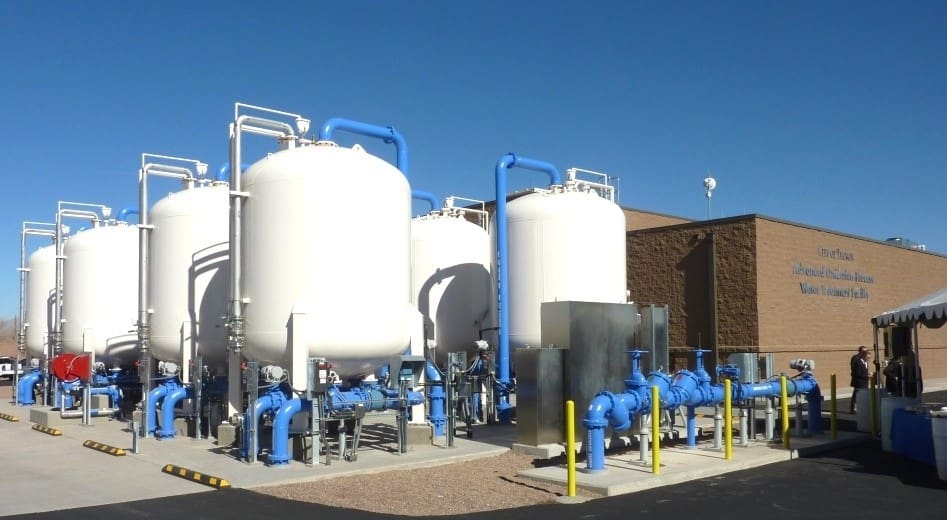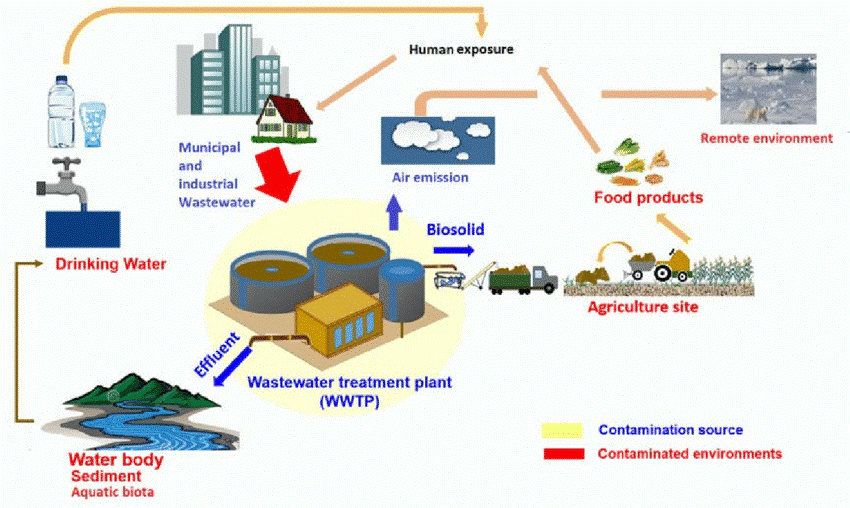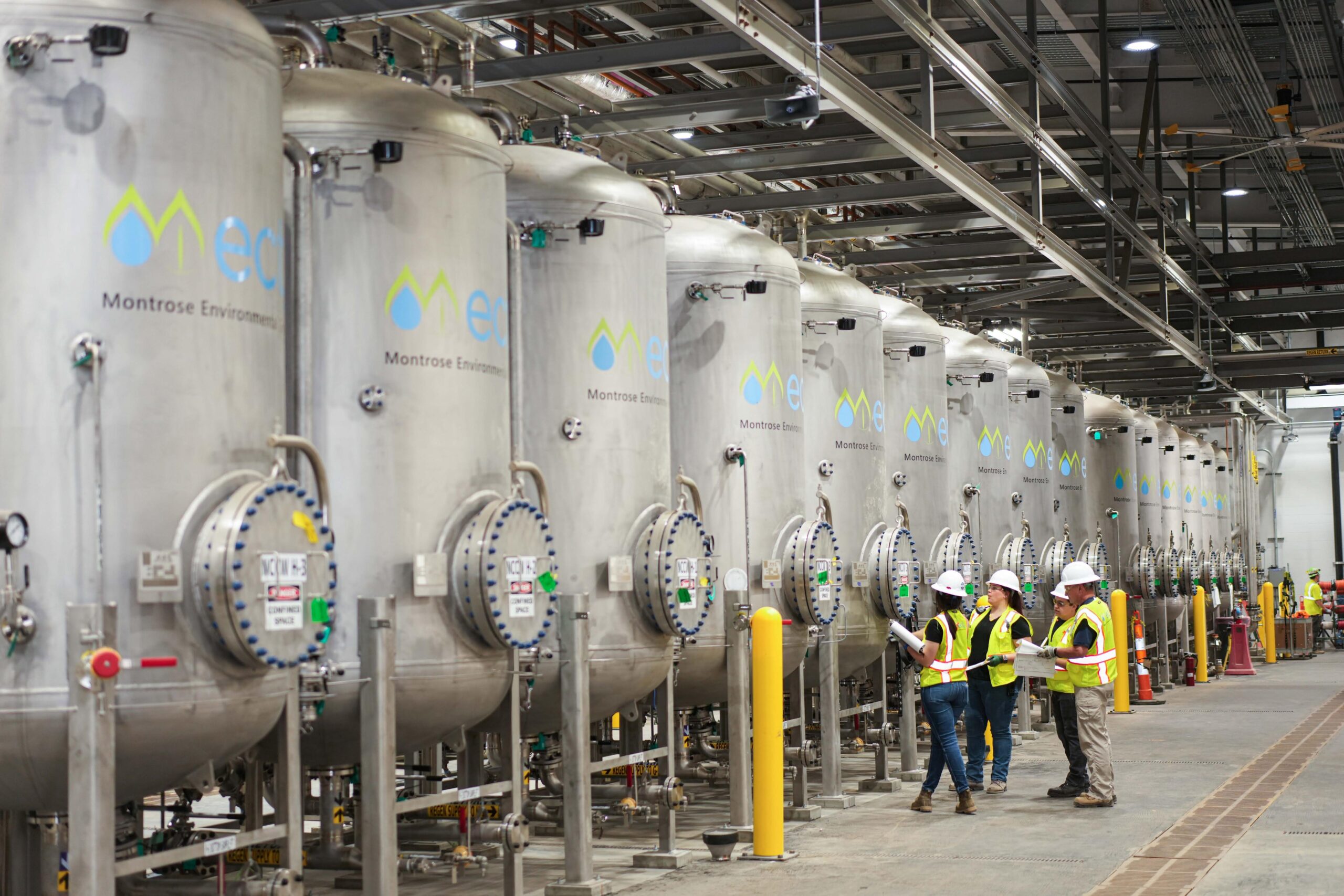Effective PFAS Waste Management in Industrial Environments
Exactly How PFAS Treatment Makes Sure Clean and Sustainable Water
The presence of PFAS, typically understood as "forever chemicals," postures considerable challenges to water high quality and public health and wellness. The ramifications of these treatments prolong past prompt health and wellness benefits; they raise vital inquiries about long-lasting water management methods that must be addressed to make certain a resilient future.

Understanding PFAS Contamination
PFAS, or per- and polyfluoroalkyl materials, have actually become a substantial ecological problem as a result of their extensive prevalence and determination in the atmosphere. These artificial chemicals have been utilized in numerous industrial applications and consumer items, including non-stick pots and pans, waterproof apparel, and food product packaging, as a result of their unique residential properties such as water and oil resistance.
The contamination of dirt and water sources by PFAS happens mainly through commercial discharges, firefighting foam use, and leaching from garbage dumps. pfas management. When released, these materials are immune to destruction, leading to their build-up in the setting. This determination increases vital problems, as PFAS can travel cross countries with groundwater and surface water supply, affecting drinking water supplies and communities

Wellness Dangers of PFAS
The perseverance of PFAS in the atmosphere raises considerable health worries for individuals exposed to these materials. Research study has connected PFAS direct exposure to different negative health results, including immune system disorder, liver damage, and increased risk of particular cancers.
The ubiquity of PFAS in consumer items, such as non-stick pots and pans, water-repellent textiles, and food product packaging, additional amplifies the threat of direct exposure. Consuming water polluted with PFAS is a significant concern, as these chemicals can seep into groundwater sources. At risk populations, consisting of kids and those living near commercial websites, might encounter intense threats as a result of their creating systems and potential for greater exposure levels.
As understanding of these wellness risks remains to grow, regulatory agencies are starting to establish standards for PFAS degrees in drinking water. Public wellness efforts are vital to mitigate direct exposure and protect communities from the lasting results of these hazardous compounds.

Cutting-edge Treatment Technologies
Just how can we efficiently deal with the obstacles posed by PFAS contamination in water sources? Ingenious therapy modern technologies are arising as important remedies in the pursuit for clean water. These methods concentrate on the removal or devastation of per- and polyfluoroalkyl materials (PFAS), which are well-known for their determination in the atmosphere.
One appealing strategy is adsorption using advanced products, such as triggered carbon and ion exchange materials. These materials have actually shown efficacy in recording PFAS particles from water. Another noteworthy innovation is membrane layer purification, which makes use of nanofiltration and reverse osmosis to separate impurities at the molecular level, thus providing a barrier versus PFAS.
Additionally, progressed oxidation processes (AOPs) employ solid oxidants to break down PFAS substances into harmless by-products. This approach is especially effective for dealing with very contaminated water sources. Bioremediation strategies, utilizing certain microorganisms, are likewise being explored to deteriorate PFAS.
As study proceeds, crossbreed systems that integrate several modern technologies might provide improved efficiency, addressing the complexities of PFAS contamination. The try this out growth and implementation of these ingenious therapy technologies are essential steps towards ensuring the safety and sustainability of our water resources.
Benefits of Efficient PFAS Therapy
Properly treating PFAS contamination in water resources significantly improves public health and ecological safety. PFAS, commonly described as "for life chemicals," are resistant to degradation and can accumulate in the human body, leading to severe health threats such as cancer, liver damages, and immune system disorder. By applying efficient treatment methods, areas can minimize exposure to these hazardous compounds, ultimately boosting the health and wellness outcomes of their populaces.
Moreover, effective PFAS treatment contributes to the preservation of neighborhood environments. Polluted water can adversely influence aquatic life and interfere with the fragile equilibrium of local habitats. By making sure tidy water, therapy procedures safeguard biodiversity and preserve eco-friendly honesty.
Additionally, reliable PFAS remediation can cultivate public self-confidence in water quality. When neighborhoods are ensured that their drinking water is without hazardous pollutants, it promotes a feeling of safety and wellness. he has a good point This trust fund is vital for area interaction and support for continuous water management initiatives.
Future of Water Sustainability
In the middle of growing issues concerning water high quality and scarcity, the future of water sustainability pivots on ingenious strategies and joint efforts. As communities face the looming hazards of impurities like PFAS, the growth of sophisticated treatment modern technologies is essential. These innovations not just concentrate on the removal of hazardous materials but additionally promote the reuse and recycling click to find out more of water, therefore decreasing overall need.
Furthermore, reliable water administration plays an essential role in making certain sustainable practices. Policymakers need to integrate scientific study with regulatory structures to establish clear guidelines for water use and therapy. Stakeholder involvement, including local areas and sectors, promotes a sense of common responsibility and urges sustainable techniques throughout various sectors.
Investment in infrastructure is also important; updating aging systems to include modern-day filtration and purification techniques can substantially improve water quality. In addition, embracing green modern technologies, such as natural purification systems, can give environmentally friendly options.
Inevitably, the future of water sustainability lies in an alternative method that combines technology, plan, and community participation. By prioritizing these components, we can protect our water sources for generations to come, making certain clean and sustainable water for all.
Verdict
In final thought, the reliable therapy of PFAS is vital for making certain clean and sustainable water. Inevitably, durable PFAS therapy approaches contribute to lasting durability in water management, promoting public trust fund in water top quality and promoting sustainable methods.